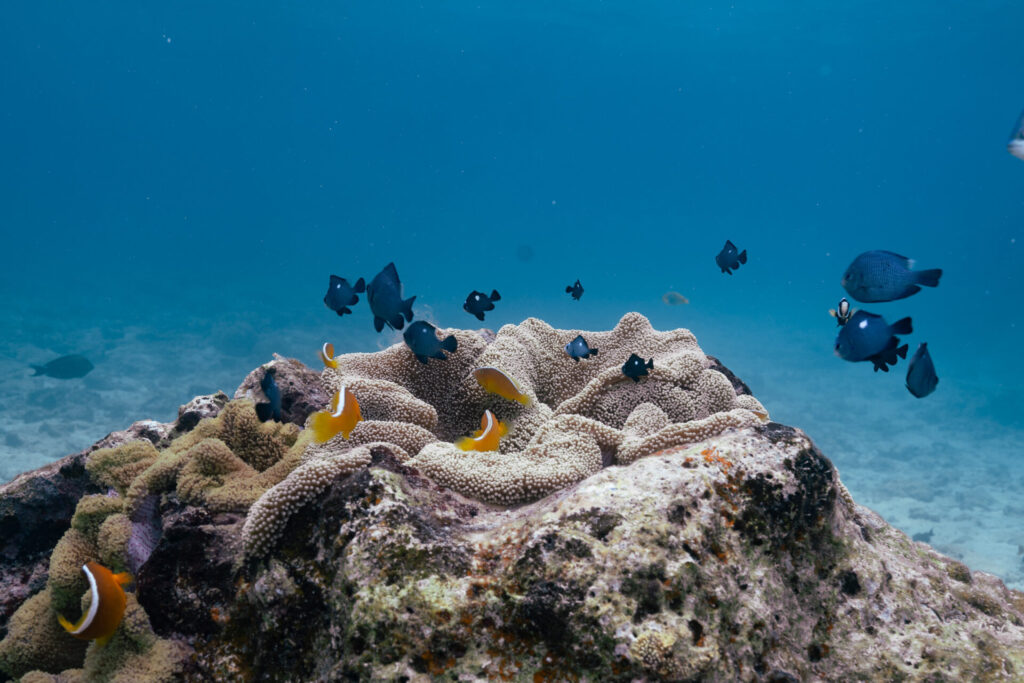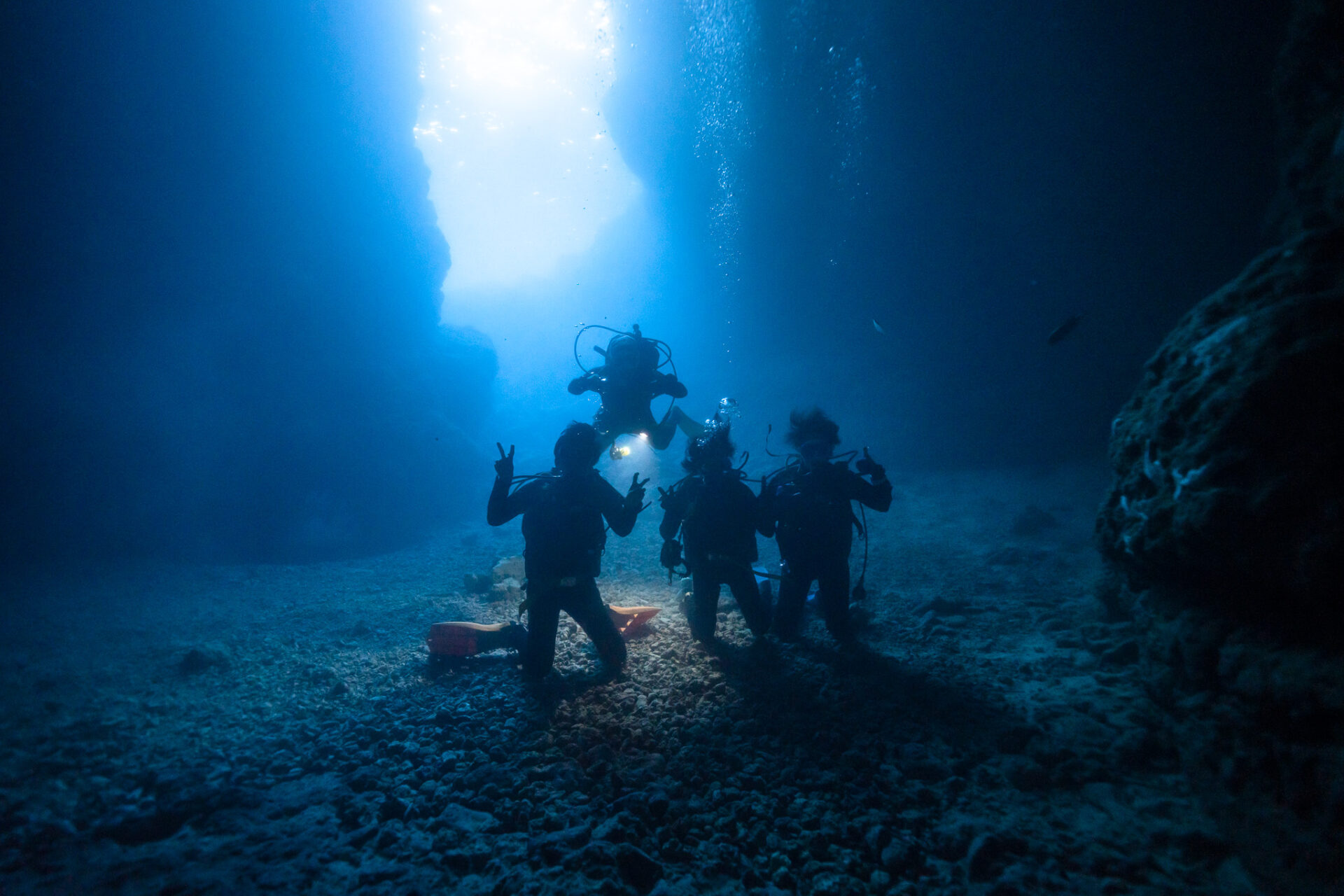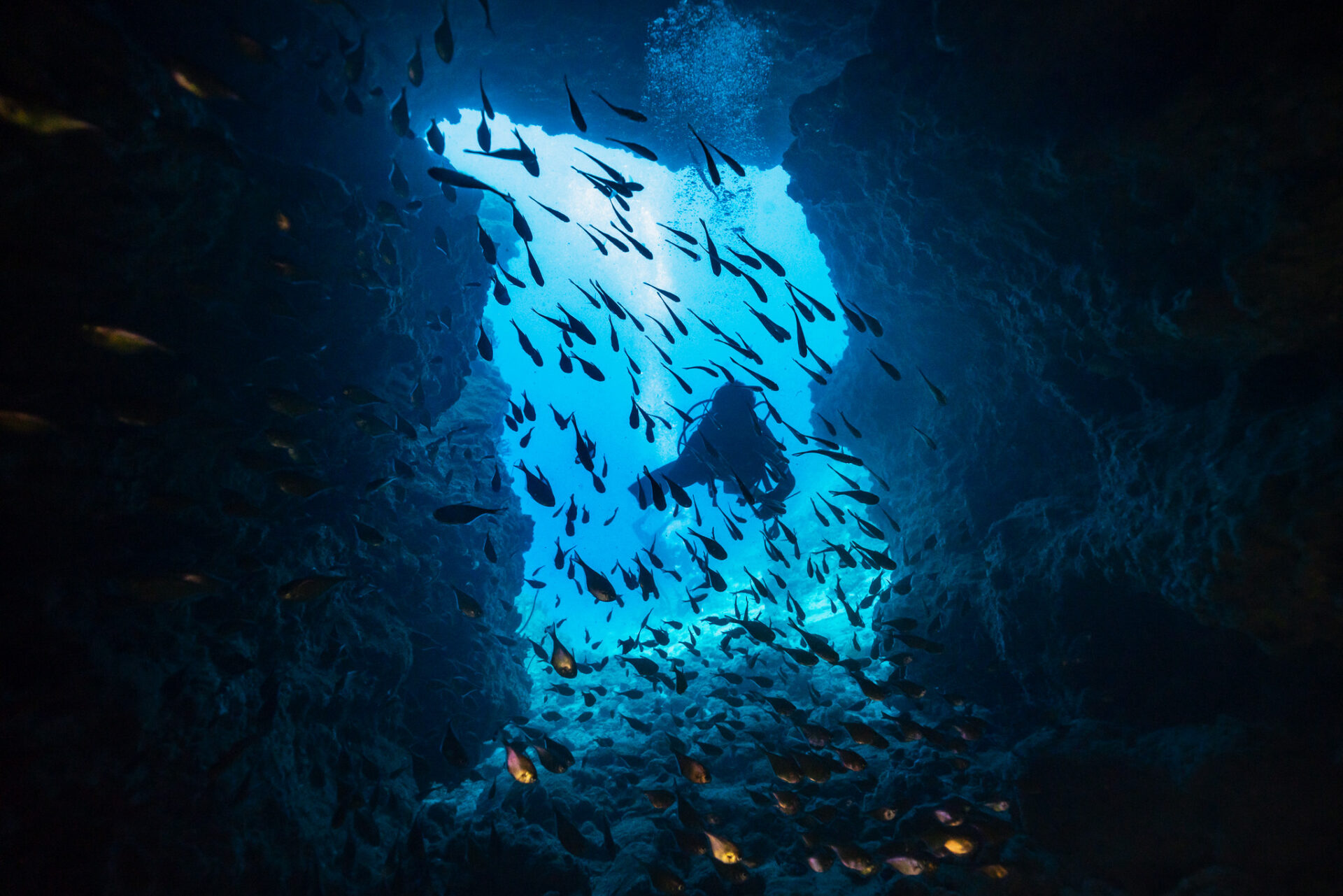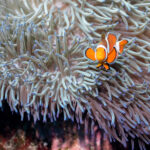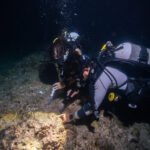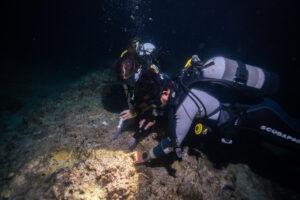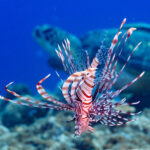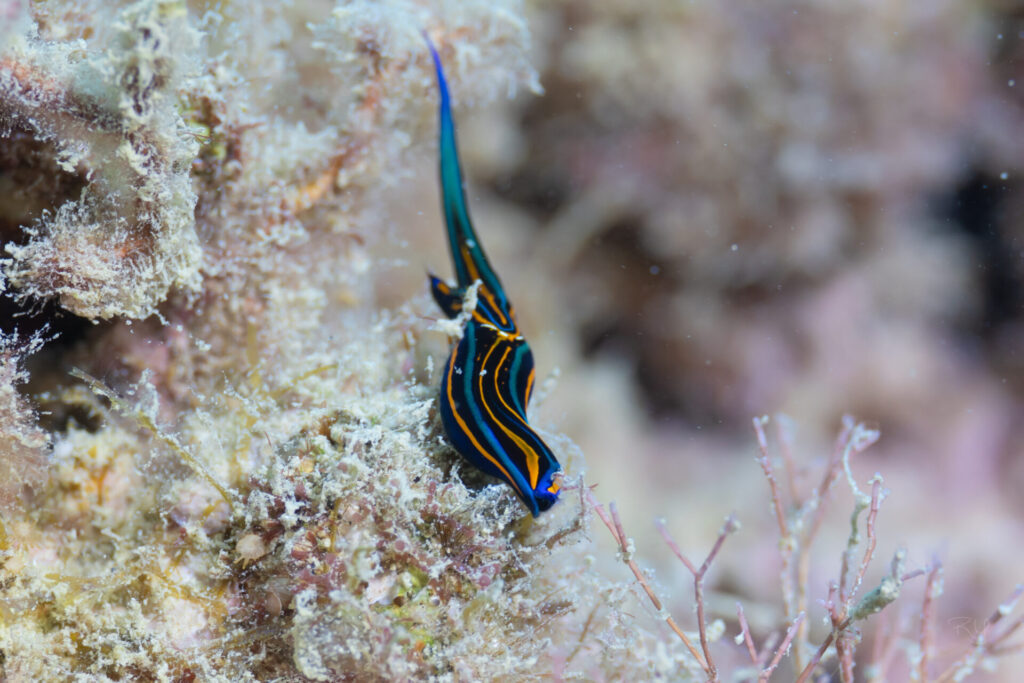Clownfish are well known for symbiotic relationships with sea anemones. Sea anemones have tentacles that they use to sting and protect themselves from predators. However, the question arises: Why can clownfish coexist with sea anemones that have stinging tentacles? The answer lies in the mucus produced by the clownfish's body.
While seawater contains components like calcium and magnesium, sea anemones use the concentration of magnesium to sense and sting potential threats. Specifically, they sting when they detect a decrease in magnesium concentration compared to seawater. However, clownfish release a copious amount of mucus containing magnesium from their bodies, making it undetectable for sea anemones.
In this way, clownfish are able to form a symbiotic relationship with sea anemones without being harmed by their stinging tentacles.
6 species of Anemonefish
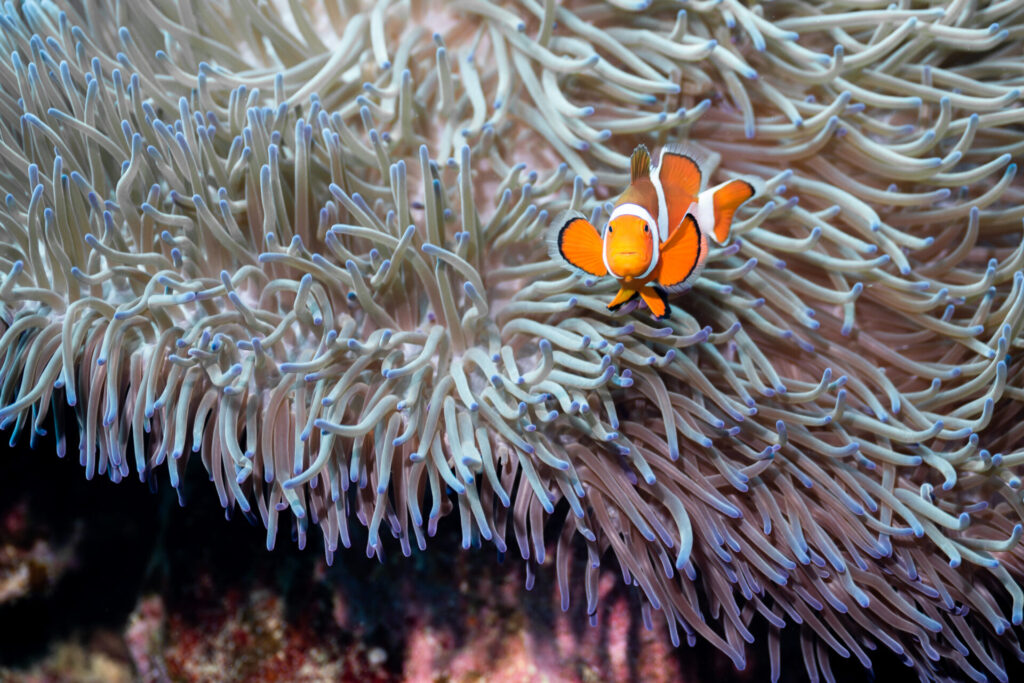
Clown anemonefish : known as "Nemo"
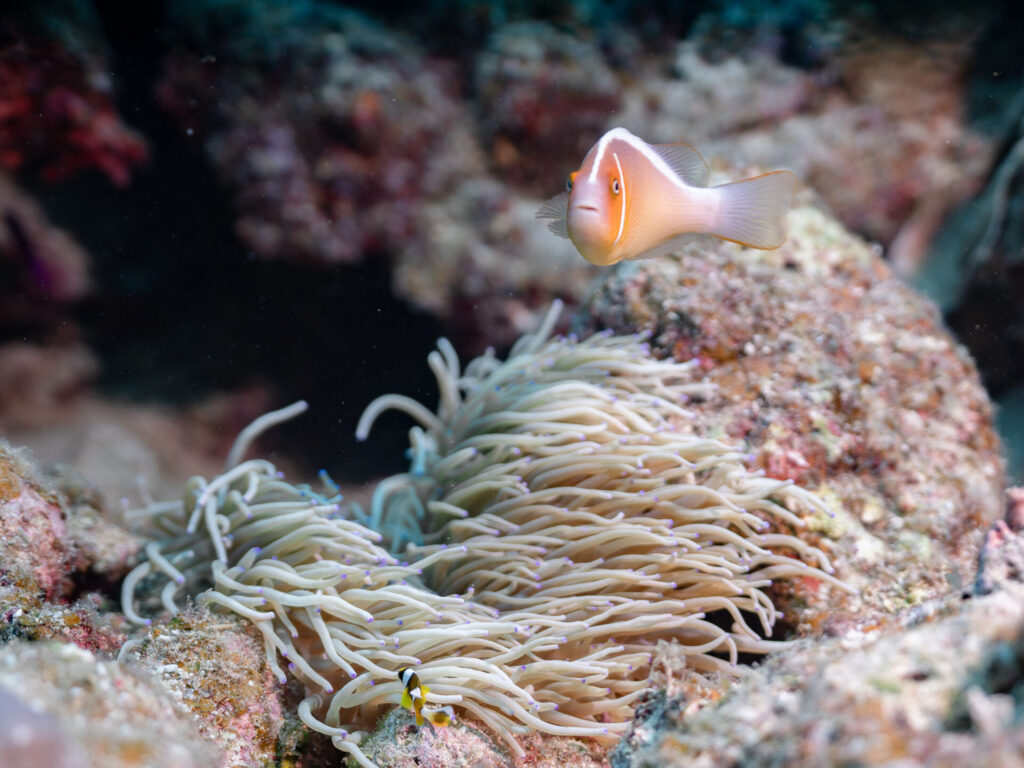
Pink anemonefish
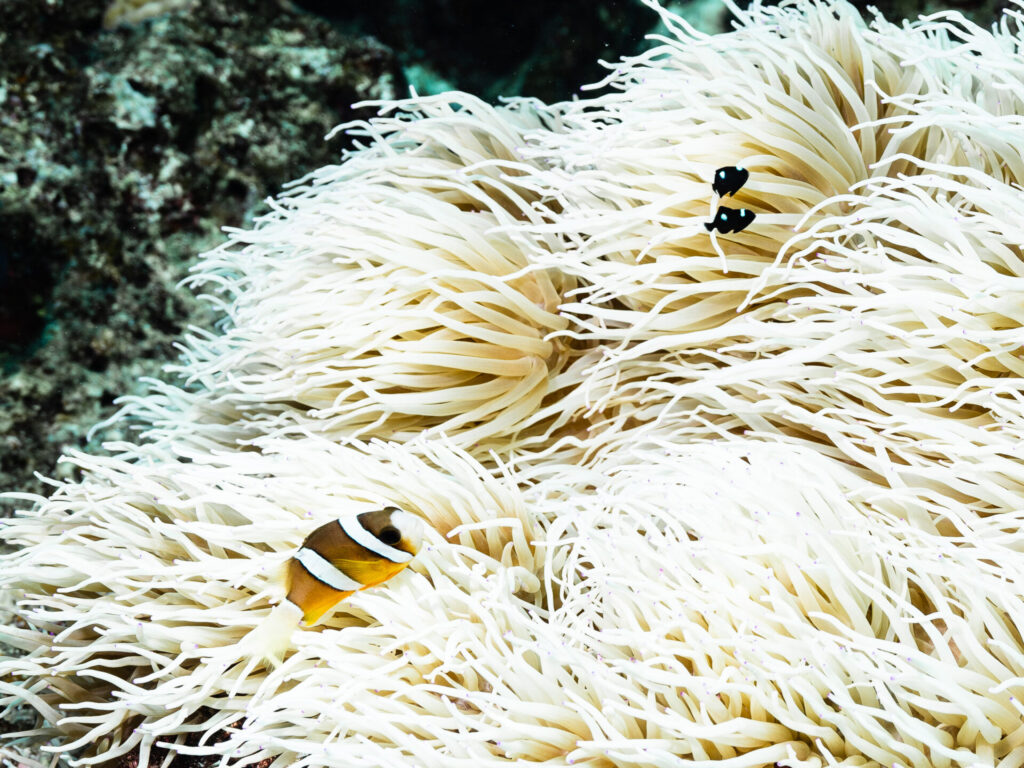
Clark anemonefish
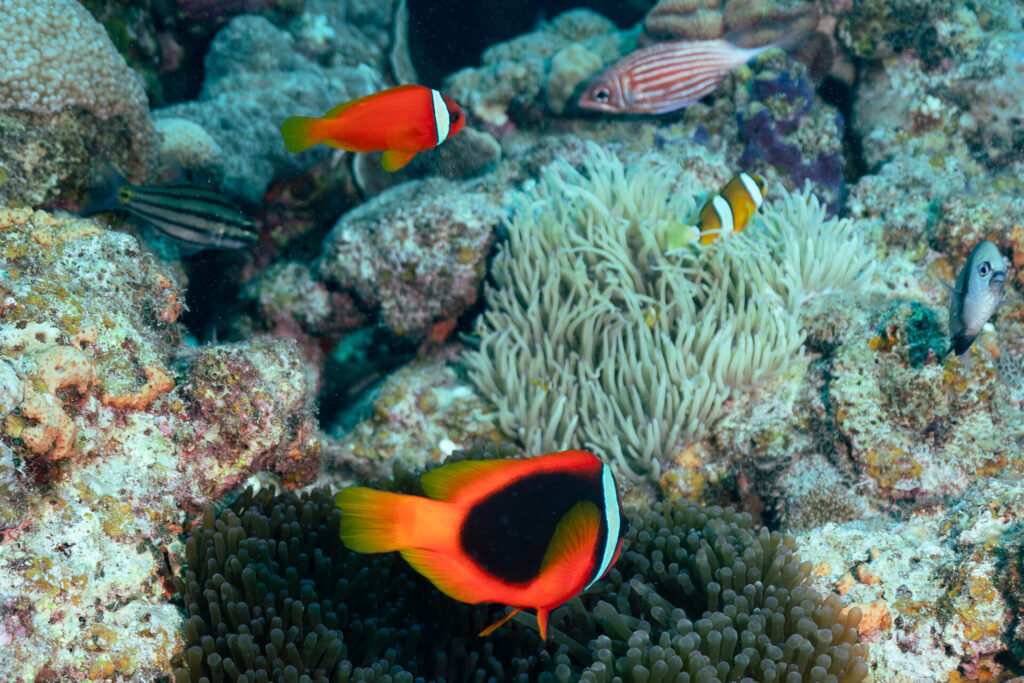
Tomato anemonefish
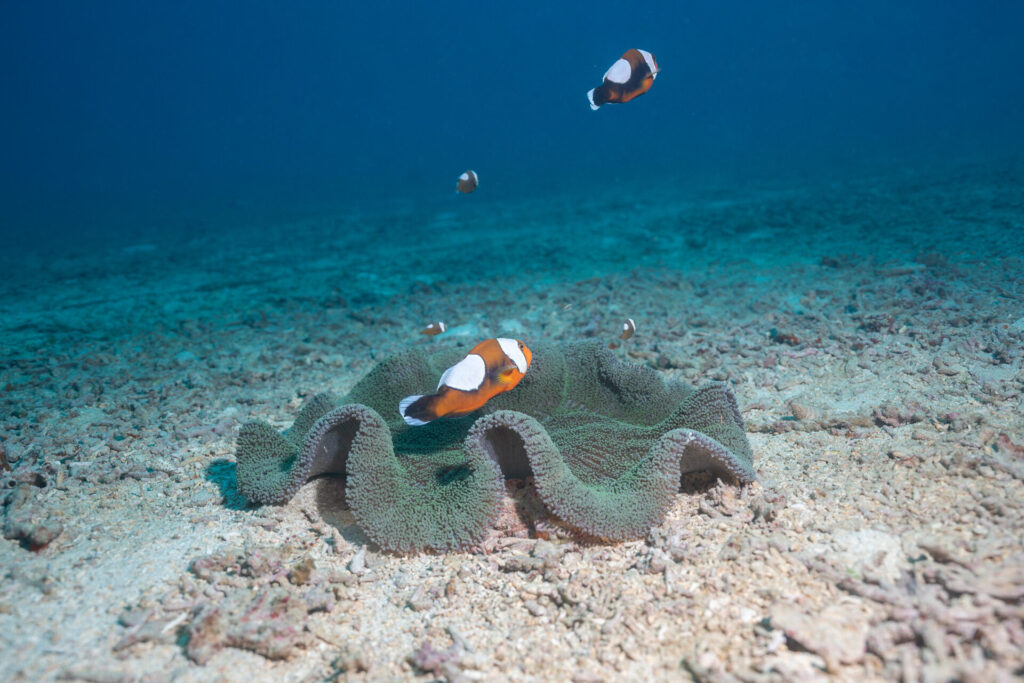
Saddle back anemonefish
